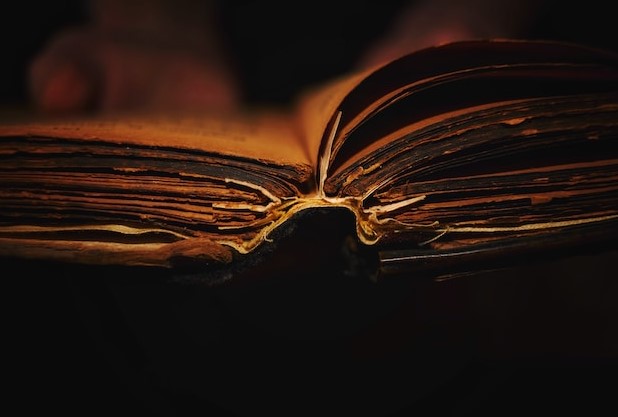The oldest and most complete Hebrew Bible is on display in Tel Aviv, Israel before being auctioned. The book, called Codex Sassoon, is thought to have been compiled 1,100 years ago by a scribe in Egypt or the Levant (Eastern Mediterranean region).
This book is an example of a surviving manuscript. The Sassoon Codex contains all 24 books of the Hebrew Bible including punctuation, vowels, and accents.
The book will be auctioned at Sotheby’s in New York in May. The auction results are estimated to generate $30 million to $50 million or IDR 451.41-752.35 billion.
The figure could make it the most expensive historical document ever sold at auction if the winning bid exceeds $43.2 million, as was paid two years ago for a rare first edition copy of the United States Constitution.
Quoted from the BBC, the Hebrew Codex Sassoon consists of 24 books which are divided into three parts, namely the Pentateuch, the Prophets, and the Writings. Christians call it the Old Testament.
Passing from Hand to Hand
The text of the Hebrew Bible continued to change until the early Middle Ages, when Jewish religious scholars known as Masoreticians began to create a collection of notes that standardized it.
The Aleppo Codex, compiled around 930, is considered the most authoritative Masoretic text. Unfortunately, fire damage in the city of Aleppo, Syria in 1947 left only 295 of the original 487 pages intact.
Meanwhile, according to Sotheby’s, the Sassoon Codex, which was carbon dated around 900, is only missing 12 pages.
Centuries-old annotations and inscriptions reveal that the Codex Sassoon manuscript was sold by someone named Khalaf ben Abraham to Ishak ben Ezekiel al-Attar. This second man then handed over ownership to his two sons, Ezekiel and Maimon.
In the 13th century, the book was dedicated to a synagogue in Makisin, northeastern Syria.
Lost 500 years
after Makisin was destroyed by the Mongols in the 13th century and the Timurids in the early 15th century, the manuscript was handed over to Salama ibn Abi al-Fakhr for safekeeping.
The Hebrew Bible then disappeared into history for 500 years until it was acquired in 1929 by David Solomon Sassoon. He amassed the world’s largest and most important collection of Hebrew manuscripts at his home in London.
The Sassoon Codex was previously exhibited once at the British Library in 1982. The curator of the ANU Museum of the Jewish People in Tel Aviv, Orit Shaham Gover, said he expected around 10,000 visitors to see it in the week-long exhibition.





